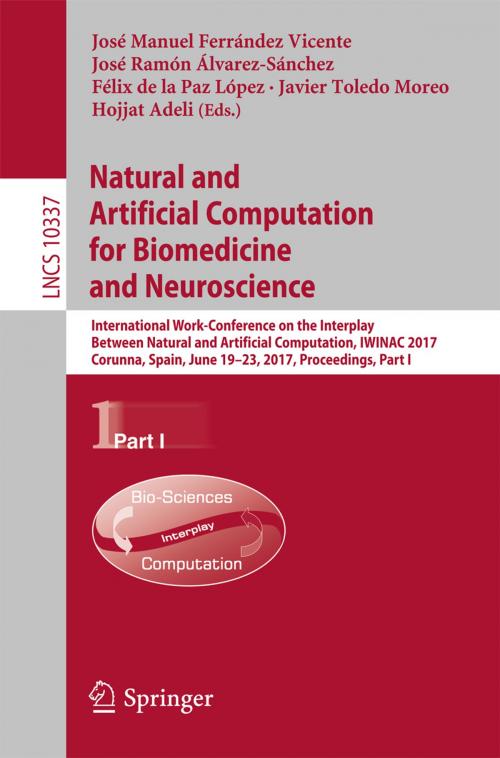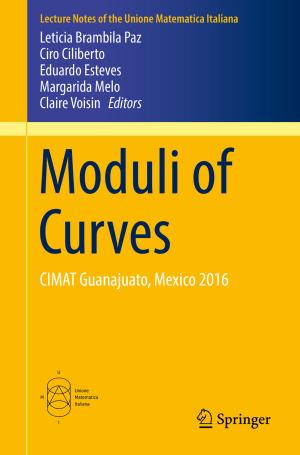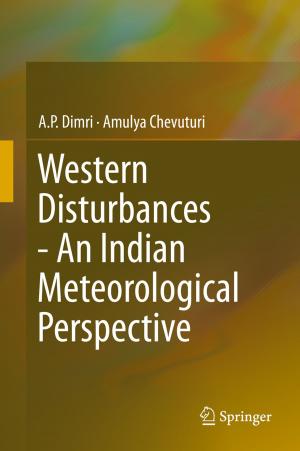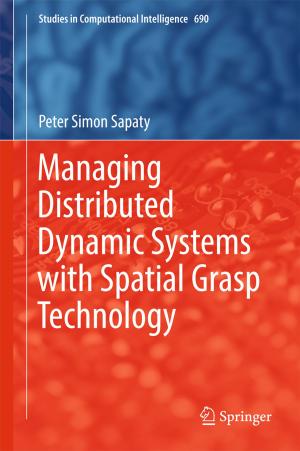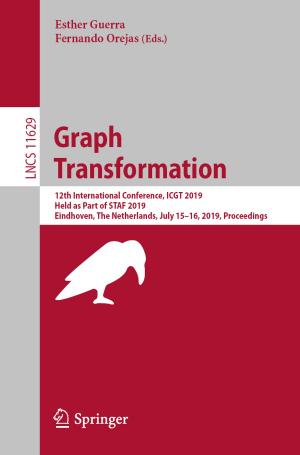Natural and Artificial Computation for Biomedicine and Neuroscience
International Work-Conference on the Interplay Between Natural and Artificial Computation, IWINAC 2017, Corunna, Spain, June 19-23, 2017, Proceedings, Part I
Nonfiction, Computers, Advanced Computing, Theory, General Computing, Programming| Author: | ISBN: | 9783319597409 | |
| Publisher: | Springer International Publishing | Publication: | June 10, 2017 |
| Imprint: | Springer | Language: | English |
| Author: | |
| ISBN: | 9783319597409 |
| Publisher: | Springer International Publishing |
| Publication: | June 10, 2017 |
| Imprint: | Springer |
| Language: | English |
The two volumes LNCS 10337 and 10338 constitute the proceedings of the International Work-Conference on the Interplay Between Natural and Artificial Computation, IWINAC 2017, held in Corunna, Spain, in June 2017.
The total of 102 full papers was carefully reviewed and selected from 194 submissions during two rounds of reviewing and improvement. The papers are organized in two volumes, one on natural and artificial computation for biomedicine and neuroscience, addressing topics such as theoretical neural computation; models; natural computing in bioinformatics; physiological computing in affective smart environments; emotions; as well as signal processing and machine learning applied to biomedical and neuroscience applications.
The second volume deals with biomedical applications, based on natural and artificial computing and addresses topics such as biomedical applications; mobile brain computer interaction; human robot interaction; deep learning; machine learning applied to big data analysis; computational intelligence in data coding and transmission; and applications.
The two volumes LNCS 10337 and 10338 constitute the proceedings of the International Work-Conference on the Interplay Between Natural and Artificial Computation, IWINAC 2017, held in Corunna, Spain, in June 2017.
The total of 102 full papers was carefully reviewed and selected from 194 submissions during two rounds of reviewing and improvement. The papers are organized in two volumes, one on natural and artificial computation for biomedicine and neuroscience, addressing topics such as theoretical neural computation; models; natural computing in bioinformatics; physiological computing in affective smart environments; emotions; as well as signal processing and machine learning applied to biomedical and neuroscience applications.
The second volume deals with biomedical applications, based on natural and artificial computing and addresses topics such as biomedical applications; mobile brain computer interaction; human robot interaction; deep learning; machine learning applied to big data analysis; computational intelligence in data coding and transmission; and applications.
